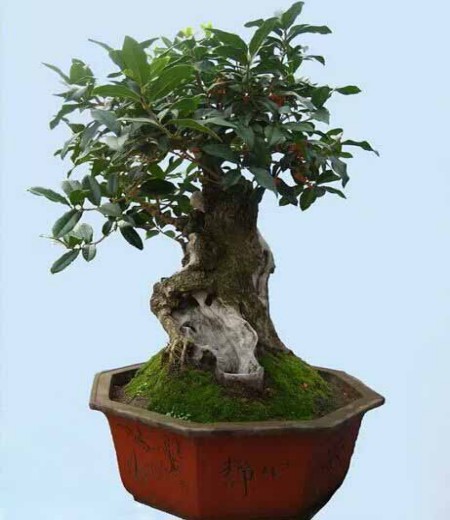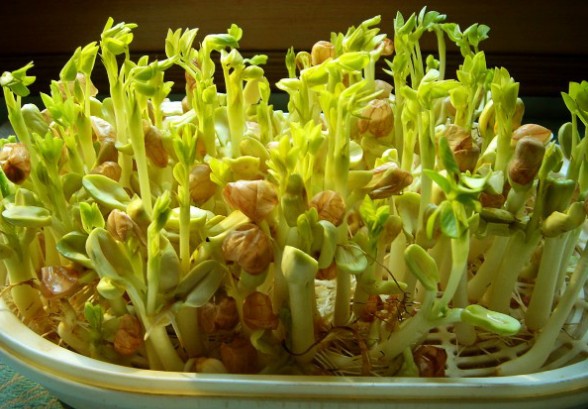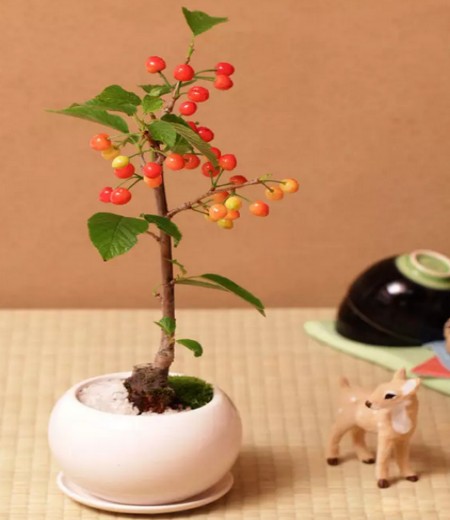Planting techniques of Osmanthus fragrans
Potted osmanthus should be selected in spring or autumn, especially cloudy or rainy planting the best. Choose in a ventilated, well-drained and warm place, with sufficient light or semi-shady environment. Transplanting to hit a good soil ball to ensure survival rate. Planting soil requirements partial acid, avoid alkaline earth. The proportion of potted osmanthus pot soil is 2 parts of decayed leaf soil, 3 parts of garden soil, 3 parts of sandy soil and 2 parts of decomposed cake fertilizer, which are mixed evenly, and then potted or replaced, which can be carried out before germination in spring.

Pot selection:
Osmanthus fragrans green leaves yellow flowers, evergreen, should choose a deeper round basin or square basin, basin diameter and osmanthus branches and leaves Peng diameter should be roughly equivalent, it is beneficial to root development and growth. The basin texture to purple sand pottery basin or glazed pottery basin for the best. Color to purple or ochre better, and flowers, leaves color contrast, increase its ornamental effect.
Use of soil:
Sweet osmanthus love fertilizer, appropriate with fertile loose, good drainage sandy loam. The culture soil of potted osmanthus is usually prepared with pastoral soil, manure and river sand. It is necessary to pay attention to disinfection treatment so as not to infect diseases and insect pests.
Planting:
Osmanthus fragrans should be planted in early spring or autumn. Before placing in the basin, a layer of river sand or vermiculite should be placed on the bottom of the basin to facilitate ventilation and drainage. A layer of peat soil or fine mud about 2-3 cm thick should be placed on it, up to 1B3 deep in the basin. Then, put the osmanthus seedlings with soil balls at the roots into the basin, fill them with cultivated soil, compact them with fingers, fill them close to the basin mouth, and the soil surface should be 2-3 cm lower than the basin mouth for watering and fertilization. After planting, water should be poured thoroughly, and then moved to the shade for about 10 days to make it "serve the basin" and gradually resume growth.
Time: 2019-05-25 Click:
- Prev

Soilless cultivation techniques of sprouts and vegetables that can be used as bonsai
Recently, a group of volunteers from Nanjing Agricultural University walked into the Twin Towers Street Bell Tower community, bringing residents the soilless cultivation technology of sprouts, the new favorite of the dining table, setting off a green whirlwind of organic life in the community. A plate, a handful of seeds, spray water and leave it on the balcony for a week or so.
- Next

Planting method of cherry bonsai
The cultivation of cherry seedlings and the use of soil should be cultivated in loose, fertile and permeable sandy loam. In pot culture, the culture soil was mixed with 4 parts of rotten leaf soil, 3 parts of garden soil, 1 part of fine cinder, sawdust and fine sand. Put some rotten organic fertilizer at the bottom of the basin as base fertilizer. Spring is the best time to plant.
Related
- Fuxing push coffee new agricultural production and marketing class: lack of small-scale processing plants
- Jujube rice field leisure farm deep ploughing Yilan for five years to create a space for organic food and play
- Nongyu Farm-A trial of organic papaya for brave women with advanced technology
- Four points for attention in the prevention and control of diseases and insect pests of edible fungi
- How to add nutrient solution to Edible Fungi
- Is there any good way to control edible fungus mites?
- Open Inoculation Technology of Edible Fungi
- Is there any clever way to use fertilizer for edible fungus in winter?
- What agents are used to kill the pathogens of edible fungi in the mushroom shed?
- Rapid drying of Edible Fungi

